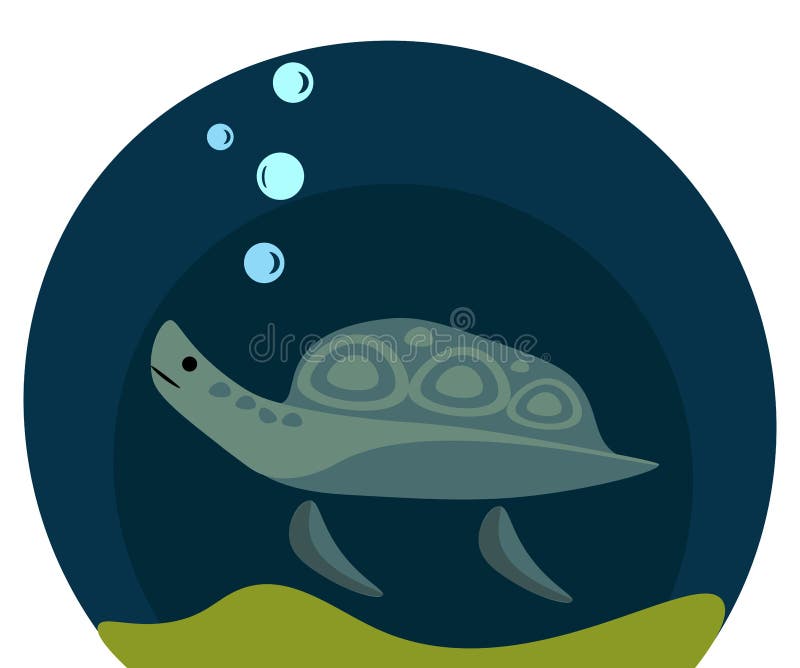

They found that the overwhelming majority of hawksbills in Hawaiian waters originated from nesting beaches around Hawaiʻi.


The scientists then examined whether hawksbills in feeding habitats around the Hawaiian Islands came from different nesting beaches across the Pacific. Genetic results indicated that the Hawaiian hawksbill nesting population is different from hawksbill nesting populations in other parts of the world. The study first compared the hawksbill nesting colony in Hawaiʻi with several nesting colonies in the western and eastern Pacific. Genetic Characterization of Hawksbills in Hawaiʻiįor the first time, NOAA scientists and collaborators published a genetic study of hawksbill turtles around Hawaiʻi. Development and climate change alteration of nesting and feeding habitats.Fishing gear entanglement in nearshore feeding habitats.Non-native mongoose, feral cat, and rat predation on eggs and destruction of nests.Hawaiian hawksbills face several threats: Pacific Ocean and the only known nesting colony in the Central North Pacific. The Hawaiian hawksbill nesting population is, however, the largest in the U.S. In fact, this may be one of the smallest nesting sea turtle populations in the world. We see fewer than 15 females nesting annually across the entire archipelago. Needless to say, seeing a hawksbill turtle is as much a privilege as it is a wonder. Hawksbills are very rare in Hawaiʻi compared to the green sea turtle (or “Honu” in Hawaiian), which outnumber hawksbills by about 100 to one. They particularly like areas of healthy coral reefs, where their narrow beaks enable them to access sponges-one of their favorite food items. The endangered hawksbill sea turtle, or “Honuʻea” in Hawaiian, lives and feeds in the nearshore waters around the Hawaiian Archipelago. It mobilizes and involves all local actors and stakeholders (schools, general public, tourism establishments, …) thanks to numerous awareness-raising activities and participatory science.A juvenile hawksbill turtle glides over the top of coral reef habitat. In partnership with local authorities, other associations and universities, it develops research and monitoring programs of sea turtles. The association Te mana o te moana, “Ocean spirit” in Polynesian language, created in 2004, acts for the protection of the Polynesian marine environment and more specifically the sea turtles through its discovery, education and protection actions. All of them are considered as endangered. In French Polynesia, 5 species of sea turtles are currently listed: the Green turtle (Chelonia mydas), the Hawksbill turtle (Eretmochelys imbricata), the Loggerhead (Caretta caretta), the Olive Ridley turtle (Lepidochelys olivacea) and the Leatherback (Dermochelys coriacea). Because indeed, from the very beginning, temperature is a major factor for sea turtles since the incubation temperature of the eggs is determining the gender of the newborn individuals (female above 29☌ in the nest temperature). At a global scale, the sea turtle species populations are declining and are facing many threats: predation of juveniles, poaching, pollution of their natural environment and especially plastic pollution, habitat and sources of food degradation, nesting sites loss on the most populated islands (riprap on the beaches, erosion, luminous pollution, and stray animals) or even climate change.


 0 kommentar(er)
0 kommentar(er)
